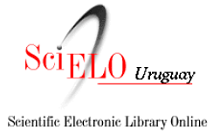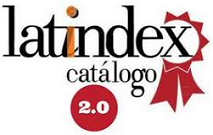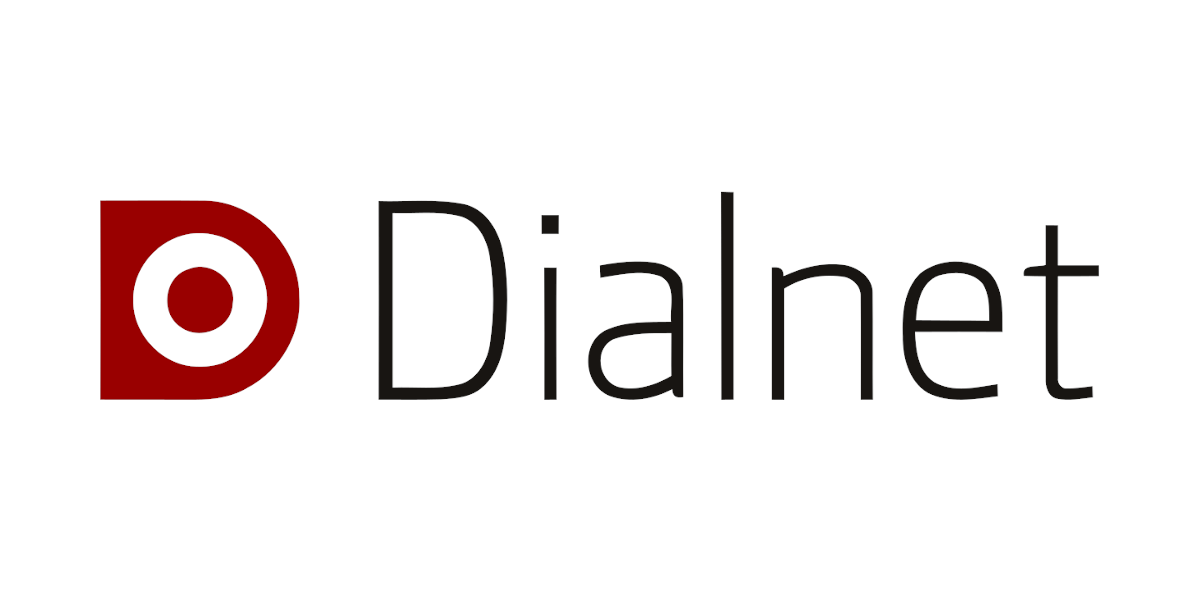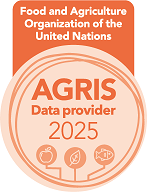Modulación del estado antioxidante hepático de pollos de engorde alimentados con dietas suplementadas con niveles graduados de silimarina
Palabras clave:
Silimarina, Antioxidantes hepáticos, Pollos de engordeResumen
The aim of the experiment was to assess the impact of silymarin (extract from the Silybum marianum (milk thistle) plant; SIL) supplementation on the modulation of selected hepatic biomarkers of broiler chickens. SIL is known to control free radicals and to possess hepatoprotective and antioxidant activity. The experiment was approved by the Harper Adams University Research Ethics Committee. Starter and grower wheat-soy-based basal feeds containing 560 g/kg wheat, 250 g/kg soybean meal and 142 g/kg full fat soya (12.35 MJ/kg AME and 230 g/kg CP), and 623 g/kg wheat, 250 g/kg soybean meal and 50 g/kg full fat soya as main ingredients (12.67 MJ/kg AME and 205 g/kg CP), respectively, were mixed. The basal feeds were then split into seven batches; one batch was fed as is (control) and the other batches were supplemented with either 2, 4, 6, 8, 10 or 12 g/kg diet of SIL. In total, seven dietary treatments across two dietary phases were therefore used in the study. Day-old Ross 308 male chicks were obtained from a commercial hatchery, weighed, and randomly assigned to the dietary treatments. During the starter period, from day old to 10 d age, each treatment was fed to 24 birds in one floor pen. After that the birds were placed into 42 pens (4 birds per pen). Each treatment was fed to 6 pens following randomisation. At the end of the study, at 28 d age, one bird from each pen was randomly selected, killed by cervical dislocation and the liver was collected, freeze dried and analysed for hepatic biomarkers, including: catalase (CAT), malondialdehyde (MDA), final products of glycation (AGE), 8-hydroxydeoxyguanosine (8-OHdG), nitric oxide (NO) and protein carbonyl (PCC). The analyses were performed by techniques based on spectrophotometry, electromagnetic resonance and ELISA, respectively, as previously described (Georgieva et al., 2024) Data were analysed by one-way ANOVA and comparisons among the studied variables were performed by Duncan’s multiple range test. Overall, feeding SIL to broilers modulated the measured biomarkers in a dose dependent manner. In general, this was a quadratic response whereby SIL inclusion at 12 g/kg returned the levels of most biomarkers close to the control fed birds (P<0.001). It can be concluded that dietary inclusion of SIL may modulate hepatic antioxidant status of broilers. However, further research is required to confirm these observations in a commercial environment and interpret their importance to bird health and welfare.
Descargas
Publicado
Cómo citar
Número
Sección
Licencia
Derechos de autor 2025 Sociedad de Medicina Veterinaria del Uruguay-Facultad de Veterinaria, Universidad de la República

Esta obra está bajo una licencia internacional Creative Commons Atribución 4.0.











